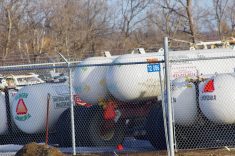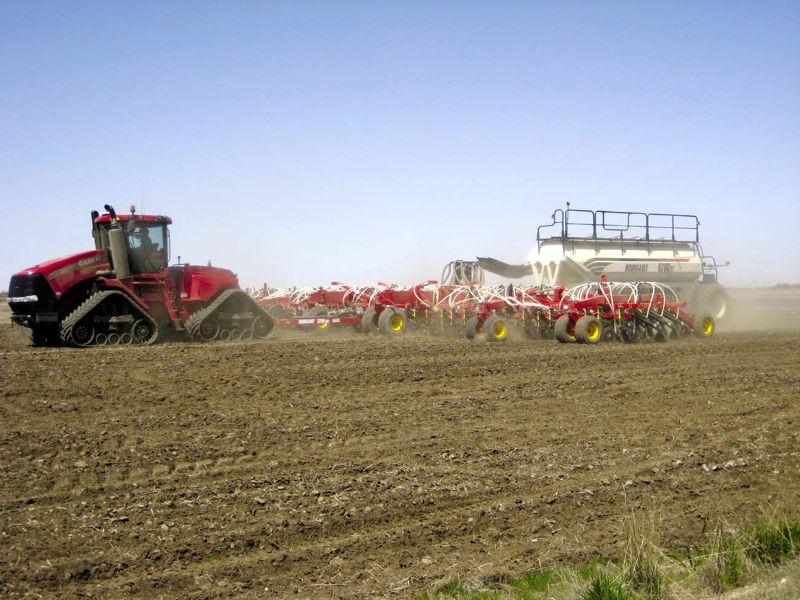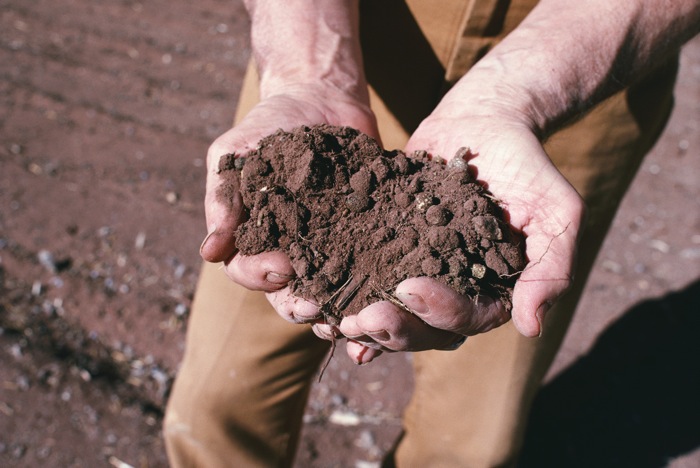The major greenhouse gases are CO2 (carbon dioxide), CH4 (methane) and N2O (nitrous oxide).
N2O is described as a very strong greenhouse gas that has a warming potential of 298 times that of CO2 according to the International Panel on Climate Change (IPCC) Fourth Assessment Report or 265 times according to the IPCC Fifth Assessment Report. I have not been able to find the factor that is used by the IPCC Sixth Assessment Report.
On that basis, our federal government has landed on nitrogen fertilizers as a source of N2O, and it wants to deal with that problem. The government has created a discussion document that many farmers, agrologists and CCA types will have responded to already. If you have not, do it now as the response time ends on June 3, 2022. Put the words “simple survey AAFC N2O emissions from fertilizer” into Google and the survey will pop up. You can also email [email protected].
Read Also

Gentle treatments for pain in the neck
Heading toward year-end, people unknowingly tense up against the cold and busyness, causing neck pain that can often be treated with appropriate support and gentle mobility, athletic therapist Kathlyn Hossack says.
The discussion document
The following two paragraphs are directly from the discussion document on reducing emissions arising from the application of fertilizer in Canada’s agriculture sector.
The document states, “This discussion paper addresses one of these measures: a national target to reduce absolute levels of GHG emissions arising from fertilizer application by 30% below 2020 levels by 2030.
“For example, practices such as the use of enhanced efficiency fertilizers, minimizing fall application and/or broadcasting of fertilizers, increased use of pulses in crop rotations, and annual soil testing can improve nitrogen use efficiency and reduce emissions.”
Enhanced efficiency fertilizers do what they say in many cases but the N2O emissions are often reported in grams per hectare of N2O-N: 500 grams per hectare equals 0.45 pounds per acre. However, the extra grain in the combine tank is very elusive, so no profit for the farmer. Some “enhanced” products can reduce emissions by about 25 to 50 per cent. But 25 to 50 per cent of almost nothing is still almost nothing.
Fall broadcasting of urea fertilizer is a bad practice and we have known that since John Harapiak did all of those field trials decades ago. Most urea is now applied at seeding as a band near the seed.
As for pulses in rotation, that has been practiced in Saskatchewan to the point that we need more legume species to deal with rotation/disease problems.
Soil testing is a good management practice and there is definitely room for that to be expanded.
The discussion document states, “Canada accounts for approximately 1% of global agricultural emissions. However, available data show that Canadian cereal production likely has one of the highest levels of emissions intensity.”
Canada accounts for a whopping one per cent of global agricultural emissions. If we stopped farming, world emissions would drop by 1 per cent. Whatever happened to common sense?
The document states, “For example, the practice of replacing synthetic fertilizer with manures, compost, or digestate has the potential to reduce emissions by 10-20%.”
Manures can lead to much higher N2O emissions than fertilizers. For fields receiving high manure rates for many years, annual N2O emissions can very high. PAg and CCA types can check out Chang, C., Cho, C.M., Janzen, H.H., 1998, “Nitrous oxide emission from long-term manured soils.” Soil Science Society of America Journal, Volume 62, pages 677-682.
It sure looks like our Prairie provinces are not much of an issue for N2O, but we do have a lot of acres. Areas in the east have higher emissions but still not a huge number and fewer acres.
Crop residues and N20 emissions
Recent work at the University of Saskatchewan’s department of soil science has shown that emissions from residue of the previous crop can be much higher than from urea.
What about native prairie?
In today’s world, information is readily available with a few mouse clicks. I was curious, so I put “N2O emissions native prairie” into Google and out popped, “Nitrous Oxide Emissions from a Native Shortgrass Prairie,” by Mosier et al., 1981. Soil Science Society of America Journal, Volume 45, pages 617-619.
The work was done northeast of Fort Collins, Colo. They “spiked” the native prairie with urea to simulate urine from grazing stock. The N2O emissions only happened when they added water to the microplots or rain came. So, even native prairie can contribute a bit. That study agrees with almost all other work — water drives everything. No rain, no N2O. I assume 2021 was a good year for low emissions.
What does the latest report say about N20?
The IPCC Sixth Assessment Report, page SPM-9, has this to say about N2O, “Since 1750 … increases in N2O (23%) are similar to, the natural multi-millennial changes between glacial and interglacial periods over at least the past 800,000 years (very high confidence).”
If the IPCC says N2O increase is within the range over time for 800,000 years, what are we worried about?
The punchline: Answers to questions posed in the headline
N2O, a powerful greenhouse gas — or is it? It may be 298 times as large per unit as CO2 but the amounts are measured in grams per hectare and even IPCC says it is very confident that the current level is not different from pre-industrial times — so why all the fuss?
Fertilizers, the big culprit — or are they? The big culprit is the NO3- ion, and most of the nitrate in our current environment is due to human activity in some form. It is NO3 that can be converted to N2O if moisture, pH, etc., conditions are correct. That nitrate can come from fertilizer, it can come from crop residues, it can come from livestock manure and it will come in spades if we ever break up an alfalfa field. Fertilizers are not the big culprit but are viewed as the low-hanging fruit in efforts to regulate by the government.
Be sure to have your say and we hope we can persuade the feds to stop and take a second look at what they are doing.
The real bottom line
Warning: this is all personal opinion and not scientific fact, so take it as that.
This planet Earth we all rely on for our sustenance, and in our case our affluence, is indeed in peril on many fronts. However, the basic problem is there are too many of one species (Homo sapien) and we are too interconnected — we can fly from anywhere to anywhere by squeezing into a claustrophobic tube. If a serious communicable disease breaks out anywhere in the world it is everywhere in the world in a flash.
Our unique brain power has let us control Mother Nature to our liking and it has not always been good. The “throw it out” mentality leaves lots of junk to clutter up the land. Many of our appliances and modern conveniences are purposely made to crap out in a few years, requiring the purchase of new and to throw out the old. They are purposely made so repairs are difficult if even possible.
Our continued “mantra of growth” is at the heart of the matter. We grow our population until we cannot stand the site of one other. We must grow cities until they become concrete and glass jungles not fit for habitation — at least by an old Saskatchewan farm boy with dirt under his fingernails and proud of it. We like our open roads and wide open spaces.
In the past two-plus years, Mother Nature has been fighting back hard with this pandemic. This column has so far avoided any mention as readers hear enough about it. In a future column, I will do a piece called “Pandemics I have read about” but will leave it at that for now.
















